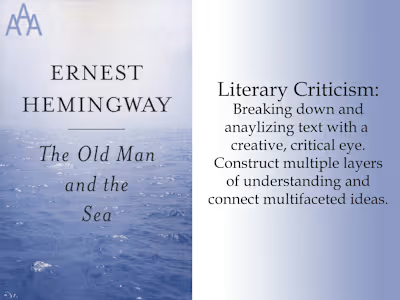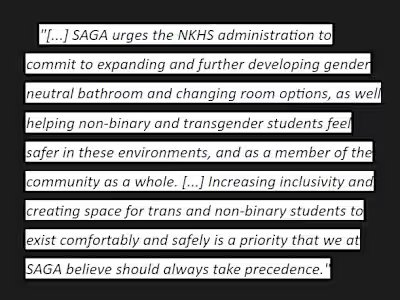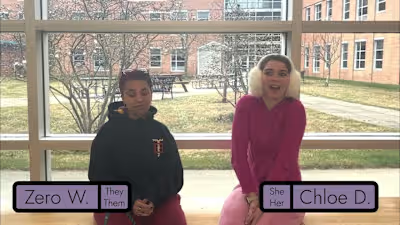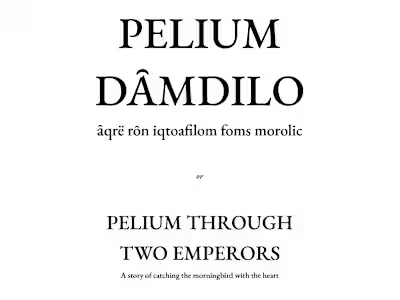dirasolari - My most in-depth Conlang

My work on my conlang dirasolari should serve as an example of what skills I've developed over the time I’ve spent practicing the art of constructed language, as well as my ability to understand and perceive mistakes, errors, and points of contrast and act on them to further the overall language. I’ve redesigned parts of and the entire language countless times, always pushing it forward.
Of course, I’ve spent over four years developing dirasolari and as such it's incredibly in-depth and complicated. Please do not expect to see the level of complexity displayed here in a project I’ve only worked on for a week or two. Thank you!
dirasolari
dirasolari, or "the way of our sacred land," is my first and most in-depth conlang, a favorite that I've developed over the years. I began constructing languages, or “conlanging” when I needed a language for the people of my stories. The idea of inventing a language captivated me, leading me to create something immediately: something simple, not even a language at all.
Like many beginners, I started with a basic cipher - what conlangers call an “English Relex” - quickly realizing that what I had wasn't a true language but a code. This realization pushed me to dig deeper, leading to early improvements like renaming conventions and simple grammar structures. However, it lacked a true heart—no culture, emotion, or story.
In February 2020, I decided to start over, keeping only the best parts and the beatiful name “dirasolari” and continually refining it. While the process has been ongoing, dirasolari has evolved into something I’m proud to call my best conlang, a living language that’s grown alongside my stories!
Phonology
Now, let's dive into dirasolari in a way conlangers will appreciate! dirasolari is a free-word order cased language, drawing inspiration from Latin, Ancient Greek, and Old French. Designed to sound "mystical" and "ancient," its phonology borrows from Sindarin (Elvish) and Irish, especially in consonant mutation and harmony.
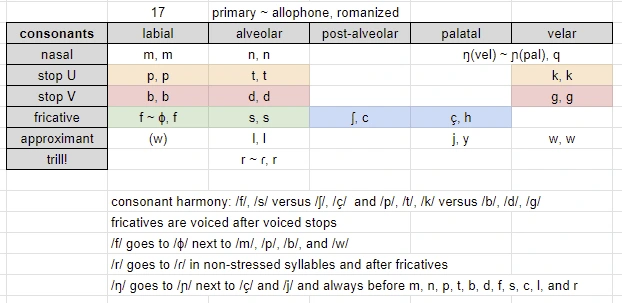
dirasolari Consonant Chart
The consonant sounds in dirasolari were chosen more for their "ancient world" feel rather than directly from inspiration languages. Sounds like the palatal fricative /ç/, rhotic trill /r/, and bilabial fricative /ɸ/ add an "exotic, wizardry" vibe while remaining pronounceable. English speakers might find the consonant rules challenging, as they're not used to paying attention to specific sounds. However, the free word order pairs beautifully with the casing and stress systems, creating a rhythmic, dynamic, and poetic language.
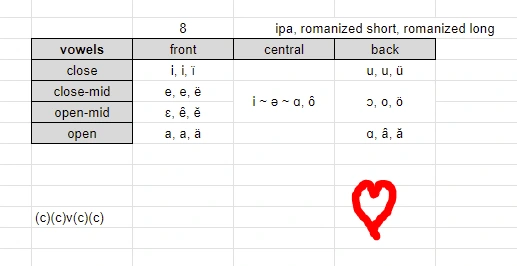
dirasolari Vowel Chart
As for the vowels, they’re designed to create clear contrasts, with high front vowels, low front vowels, a low back vowel, and two rounded vowels. Vowels can be long or short based on the stress system previously mentioned, which is dynamic as certain words can be combined into larger ones. The <ȏ> vowel is versatile, pronounced differently depending on surrounding consonants, typically appearing in unstressed syllables where older versions of the word had adjacent consonants. For instance, "limb" is durȏdĕ (/ˌduɾ.ʌ.ˈdɛ/).
Grammar
dirasolari's grammar is rich and complex, so I can only provide a basic overview in this post. The language uses stress, casing, and verb conjugation to differentiate words, allowing for free word order.

dirasolari Casing
There are eight noun cases: nominative, accusative, dative, instrumental, allative, ablative, locative, and vocative, each with unique declensions and affixes. Verbs are conjugated based on a hierarchy of the persons involved, starting with the first person, followed by second and third, with a rare "fourth" person tense. Pronouns are more complex than in English, requiring casing based on their sentence position. While there’s a minor animacy system, it no longer has significant morphological influence.
Here’s a basic sentence: “ȃ ulȇ nofȃ fem.” (I like dogs.)
And a more complex one: “ȃmfi adȃns qro dren ȇli.” (We want to be together forever.)
Orthography
The entire orthographical system (how dirasolari is written) is still in development, but there are some things I can tell you. There are two major scritps, the first being the “pȃntifri” (from the temple) and the second being the “pamăns” (from the page). As the name implies, the pȃntifri is used in liturgical contexts and the pamăns is the everyday orthography. The pȃntifri has been developed, but the pamăns is still being made.
The pȃntifri is written only on specific blessed and treated strips of bark. It is a featural abuguida written from bottom to top - stemming from the ancient era when prehistoric peoples would write on trees, starting vertically from the bottom.
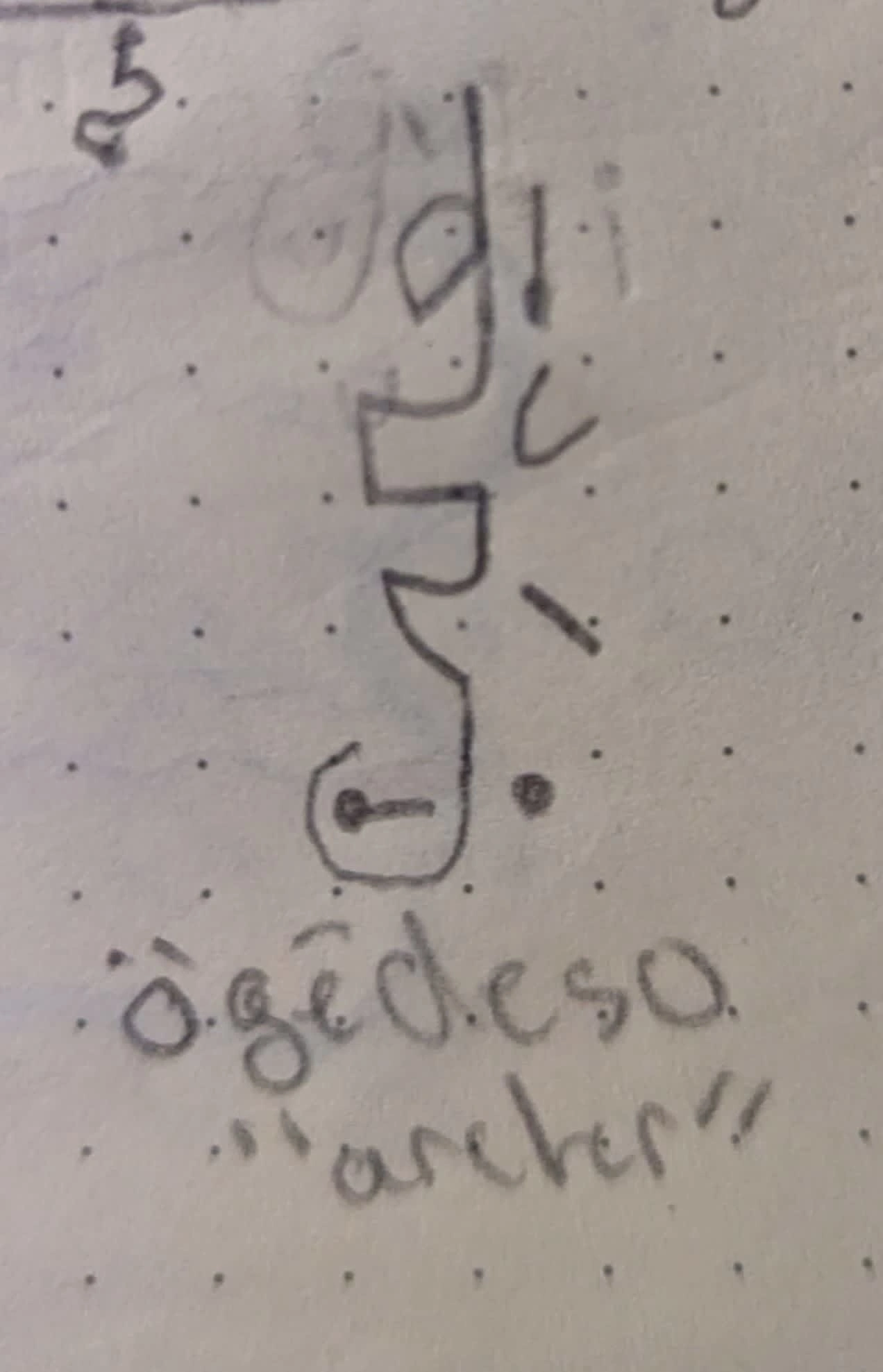
ögȇdeso, "archer"

the letter "D"
Like this project
Posted Aug 7, 2024
dadada
Likes
0
Views
7
Tags


